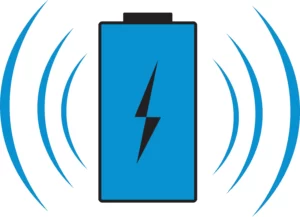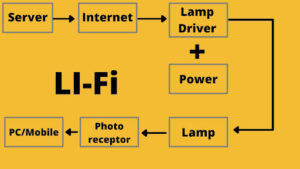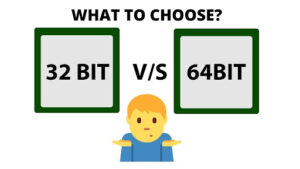What is OIS or Optical Image Stabilization
If we look at
the specifications of a camera or smartphone, then maybe the word OIS can be
seen. The OIS stands for
Optical Image Stabilization. But what does this
optical image stabilization do? What is the practical use of it? And what are
the benefits of using our Optical Image Stabilization in-camera or smartphone?
the specifications of a camera or smartphone, then maybe the word OIS can be
seen. The OIS stands for
Optical Image Stabilization. But what does this
optical image stabilization do? What is the practical use of it? And what are
the benefits of using our Optical Image Stabilization in-camera or smartphone?
The optical image stabilization system is a system that protects the image from being
blurred if our handshakes or the camera shakes while taking a picture on a
mobile phone camera or professional camera.
blurred if our handshakes or the camera shakes while taking a picture on a
mobile phone camera or professional camera.
Let’s
learn this with an example. When we take photos in daylight with the help of a
camera, the camera requires very little light because there is a lot of light
around. In this case, the camera takes the lights on for a very short time
(about 1/800 second). But when we take pictures at night, the amount of light
around is very low. In such a situation, the camera takes light for a long time
(about 1/5 second) to get more amount of light. And when we take a photo, our
hands naturally shake a little. Optical image stabilization controls this. If
you have a phone that does not have Optical Image Stabilization then you can
see that the picture you took is blurred. Because of that little snap time of the camera
while the picture is taken, as long as the camera shutter is open we have a
lot of time with the camera and during this time our hands naturally move and
the picture is blurred. Or if the camera realizes that our hands are moving,
then it keeps the camera shutter open for a very short period of time and the
camera does not get the right amount of light through the lens and the image
goes black.
learn this with an example. When we take photos in daylight with the help of a
camera, the camera requires very little light because there is a lot of light
around. In this case, the camera takes the lights on for a very short time
(about 1/800 second). But when we take pictures at night, the amount of light
around is very low. In such a situation, the camera takes light for a long time
(about 1/5 second) to get more amount of light. And when we take a photo, our
hands naturally shake a little. Optical image stabilization controls this. If
you have a phone that does not have Optical Image Stabilization then you can
see that the picture you took is blurred. Because of that little snap time of the camera
while the picture is taken, as long as the camera shutter is open we have a
lot of time with the camera and during this time our hands naturally move and
the picture is blurred. Or if the camera realizes that our hands are moving,
then it keeps the camera shutter open for a very short period of time and the
camera does not get the right amount of light through the lens and the image
goes black.
But if
the camera has optical image stabilization, then while taking a
picture, the optical image stabilization will move the camera lens opposite to
your hand to keep the camera lens stable. That is, if your hand moves downward,
the optical image stabilization will move the camera lens upwards. As a result,
even if your hands move slightly while taking pictures, it will not affect the
camera and the camera will be able to take pictures very nicely.
the camera has optical image stabilization, then while taking a
picture, the optical image stabilization will move the camera lens opposite to
your hand to keep the camera lens stable. That is, if your hand moves downward,
the optical image stabilization will move the camera lens upwards. As a result,
even if your hands move slightly while taking pictures, it will not affect the
camera and the camera will be able to take pictures very nicely.
Optical image
stabilization also applies to video. If you are recording a video and if you
are walking while recording, then your hands will shake. And this problem can
be greatly reduced with optical image stabilization. As a result, the quality
of the video is greatly improved.
stabilization also applies to video. If you are recording a video and if you
are walking while recording, then your hands will shake. And this problem can
be greatly reduced with optical image stabilization. As a result, the quality
of the video is greatly improved.
Currently, almost
every company’s flagship smartphone has this optical image stabilization.
However, for the first time, the Nokia Lumia 920 introduced optical image
stabilization on the smartphone.
every company’s flagship smartphone has this optical image stabilization.
However, for the first time, the Nokia Lumia 920 introduced optical image
stabilization on the smartphone.





